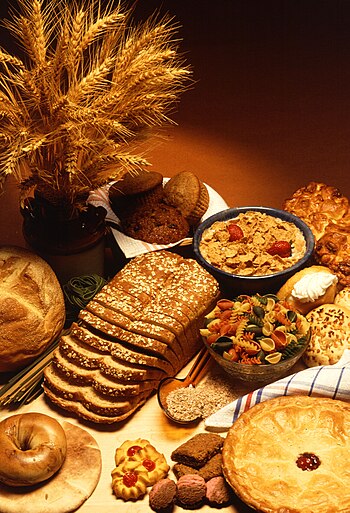[Reblog] What if Everything You Knew About Grains Was Wrong?
From the 19 March 2014 post by Twilight Greenaway at Civil Eats
First it was produce. Then the local food movement expanded to take on meat. Now it’s all about grains.
Nothing proves this point more than the packed room I found myself in last Sunday morning. At the point in the week when most people are unfurling their copy of the New York Times, or making their second leisurely café au lait, I filed in to the back of the dining area at Oliveto, a high-end Italian restaurant in Oakland, to join around 100 people gathered to discuss local grains.
The event was hosted by Community Grains, a Bay Area company founded by Oliveto owner Bob Klein, which sells local whole grain flour, pasta, polenta, and beans. It brought restaurateurs, foodies, journalists, bakers like Tartine Bakery’s Chad Robertson, who has been using local and heirloom grain varieties in recent years, and farmers such as Paul Muller from the iconic Full Belly Farm out on a Sunday morning.
…
The post continues with points made at the presentation, including
- Milling destroys nutrients. “The heat, oxygenation, and stress of the milling process makes the vitamins nearly impossible to recover.”
- Many whole wheat products result from bran added back in to white flour
– See more at: http://civileats.com/2014/03/19/what-if-everything-you-knew-about-grains-was-wrong/#sthash.mKQhYrzm.dpuf
No comments yet.


Leave a comment